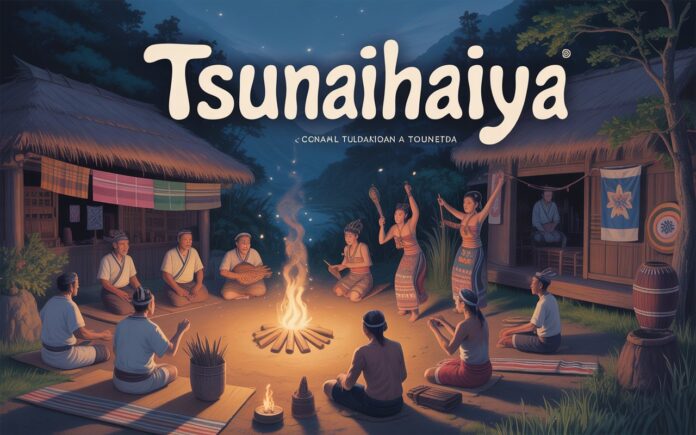Introduction
Tsunaihaiya is more than just a word; it represents a vibrant cultural tradition rich with history and significance. As the world evolves rapidly, this practice stands as both an anchor to the past and a beacon for the future. This article explores the essence of Tsunaihaiya, its origins, significance, challenges, and the efforts to preserve it in the modern context.
History and Origins of Tsunaihaiya
Tsunaihaiya has deep roots that trace back centuries, primarily within indigenous cultures. This vibrant tradition is closely linked to seasonal cycles and natural landscapes, allowing communities to connect with nature and celebrate harvests and important life events.
Historically, Tsunaihaiya served as a way for communities to foster unity and pass down knowledge through storytelling and rituals. The practice encapsulates techniques, values, and wisdom that have been cherished across generations.
The Cultural Significance of Tsunaihaiya
At its core, Tsunaihaiya embodies the essence of cultural identity for many communities. This practice weaves together storytelling, art, and social bonding, creating a tapestry of shared experiences that define collective identity.
Educational Role
The intricate rituals involved in Tsunaihaiya serve as powerful educational tools. They transmit wisdom and history from one generation to the next, ensuring that the community’s values and beliefs endure.
Unity and Belonging
Engaging in Tsunaihaiya fosters a sense of belonging among community members, reinforcing social ties and collective memory. In an age where individualism often prevails, this tradition emphasizes interconnectedness and community cohesion.
Modern Challenges Facing Tsunaihaiya
Despite its significance, Tsunaihaiya faces significant challenges today:
- Urbanization: Rapid development often threatens traditional spaces where these practices occur.
- Generational Gaps: Younger generations may be drawn to contemporary lifestyles, creating a disconnect from their cultural heritage.
- Environmental Factors: Climate change disrupts the natural cycles that are integral to the traditions of Tsunaihaiya.
- Economic Pressures: Communities may prioritize immediate financial gains over the preservation of traditional practices.
SOA OS23
Kenneth Jones & Mygreenbucks
ArtofZio
Gessolini
HCOOCH CH2 H2O
DGH A
kalibraatio
Chas6d
Simpcitt
SOA OS23
Axurbain
JonathonSpire
Antarvwsna
Caricatronchi
Classroom 15X
Davante Adams Takes Aim at the Bears
Meet Sylveer
Acamento
gldyql
Sodiceram
DemainMail
هنتاوي.com
Mannacote Fertilizer
Lilapalooza
Nova Scola
Ashcroft Capital lawsuit
Goonierne 2
Adsy.pw/hb3
VIPBox
Efforts to Preserve Tsunaihaiya
As the threats to Tsunaihaiya become more pronounced, various communities are stepping up to preserve this valuable heritage:
Community Initiatives
Workshops and festivals celebrating the techniques involved in Tsunaihaiya are being organized. These events provide platforms for seasoned practitioners to share their skills with younger community members.
Digital Outreach
Social media and digital platforms are being utilized to showcase the beauty of Tsunaihaiya, drawing interest from younger audiences. This approach helps reinvigorate the tradition and inspire a new generation.
Educational Programs
Local schools are beginning to integrate traditional crafts into their curricula, nurturing respect for cultural heritage and fostering a strong sense of identity among youth.
The Impact of Reviving Tsunaihaiya on Communities
Reviving Tsunaihaiya has profound effects on indigenous communities. It reconnects individuals with their roots and strengthens their cultural identity. Additionally, engaging with traditional practices creates economic opportunities through tourism and cultural events.
Intergenerational Learning
The revival of Tsunaihaiya promotes intergenerational learning, where elders pass down skills and knowledge to youth, reinforcing cultural ties and fostering appreciation for their heritage.
Conclusion: The Importance of Preserving Traditional Practices
Preserving traditions like Tsunaihaiya is vital in our rapidly changing world. As modernity encroaches upon cultural practices, the revival of Tsunaihaiya serves as a lifeline for communities seeking to maintain their identity.
Reviving Tsunaihaiya enriches cultural dialogue and ensures these vibrant traditions continue to thrive. By valuing and supporting such efforts, we not only honor the past but also create a richer, more diverse social landscape for future generations.



